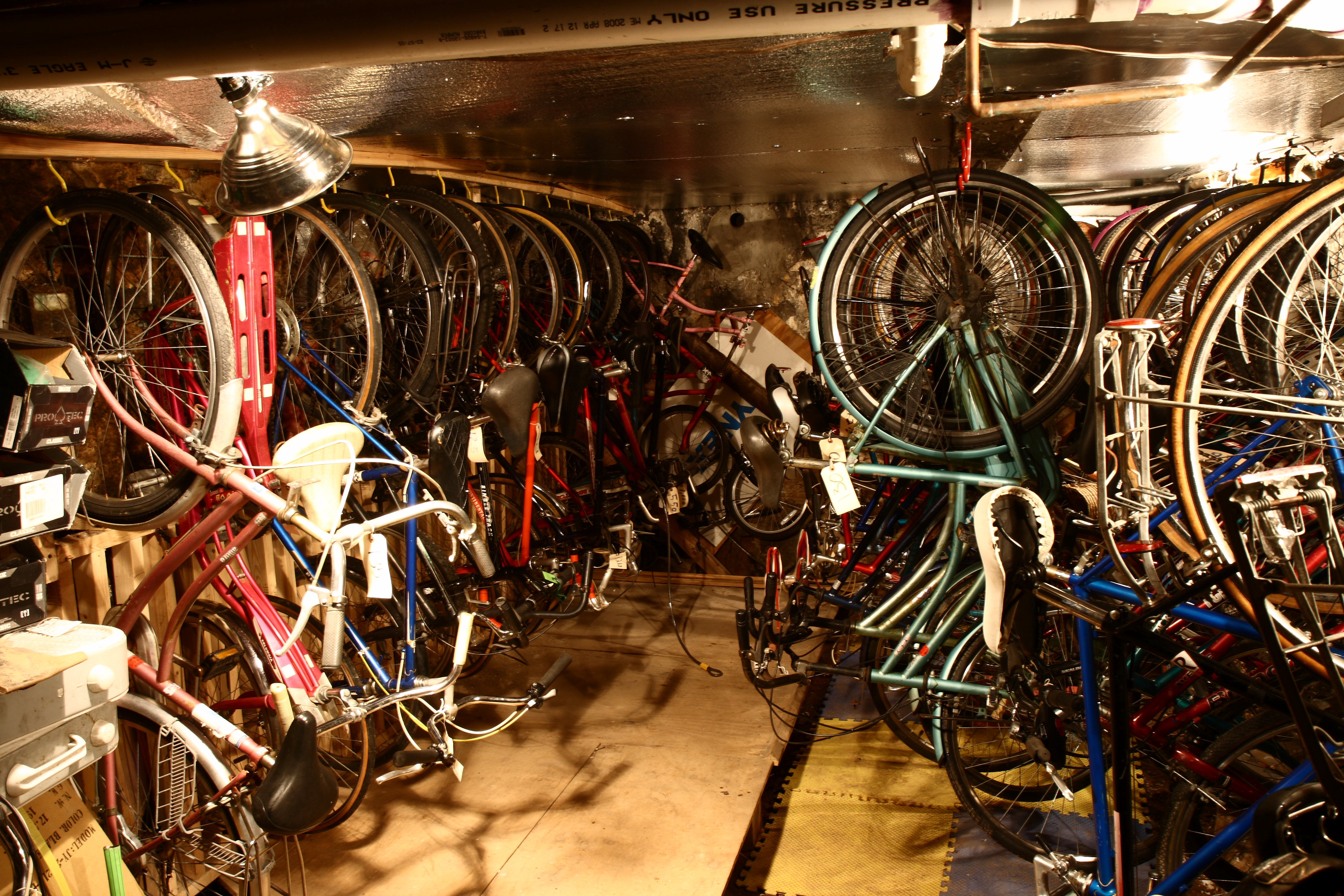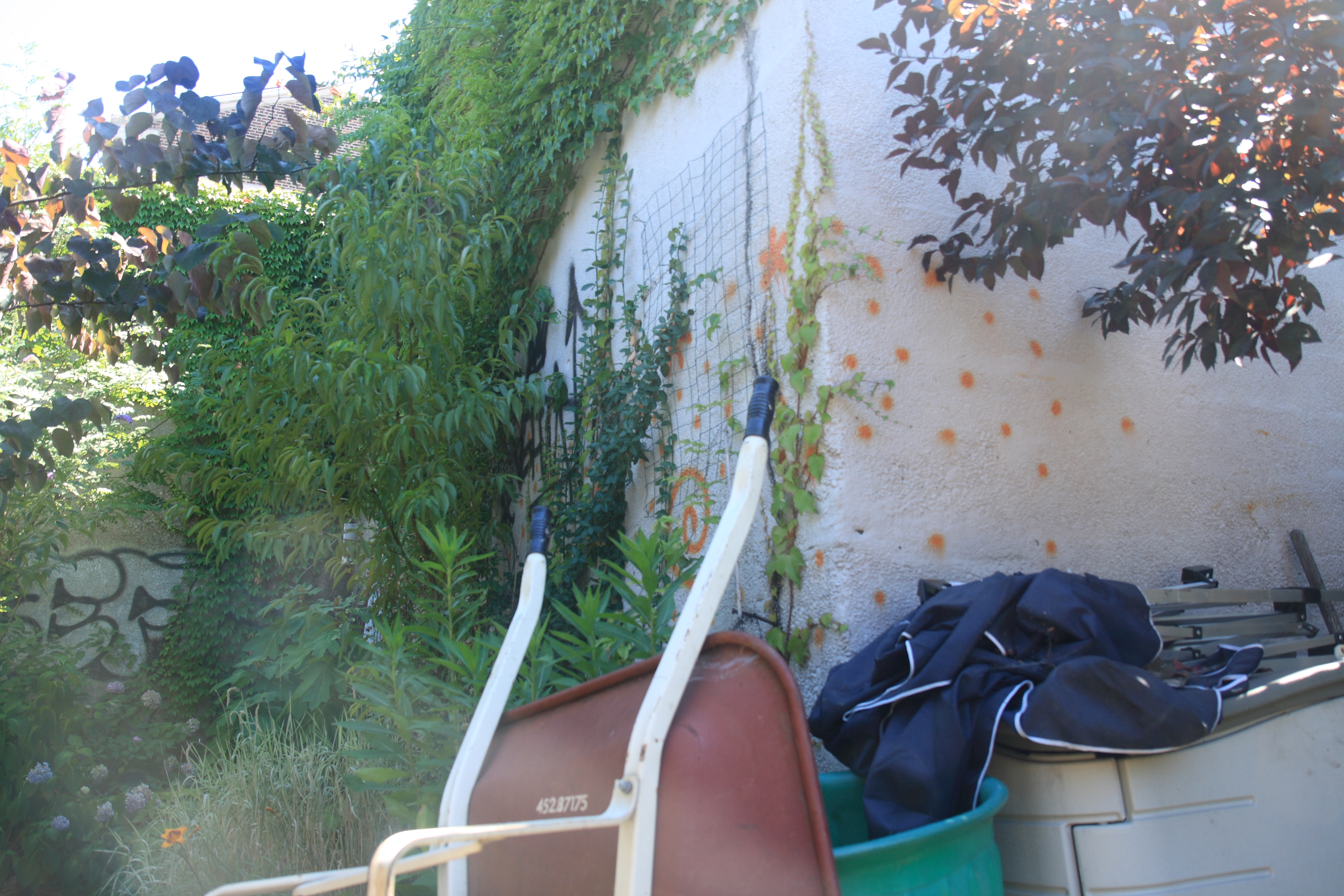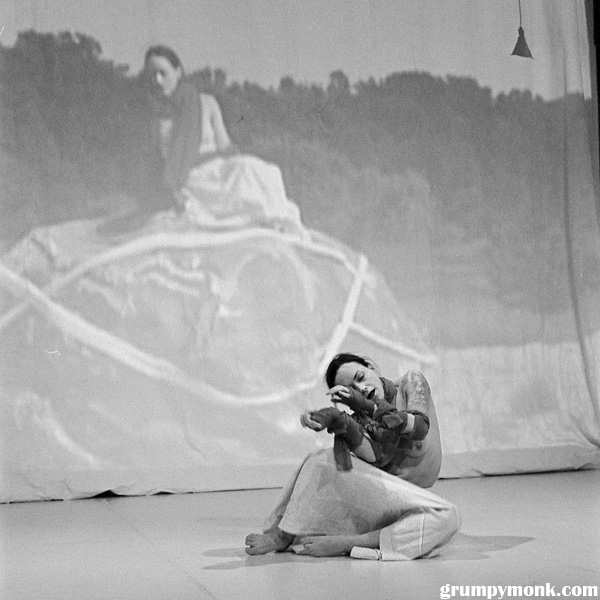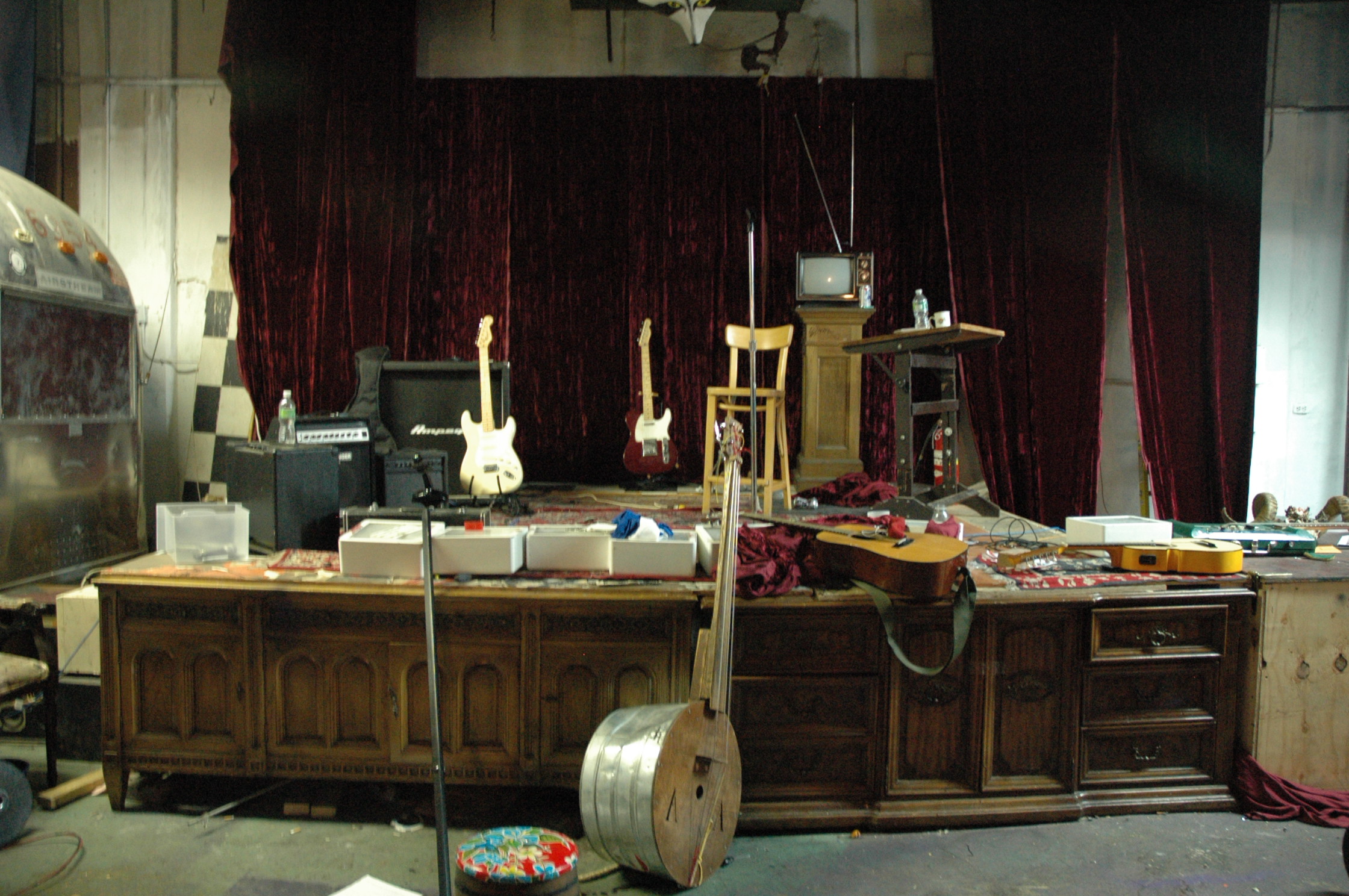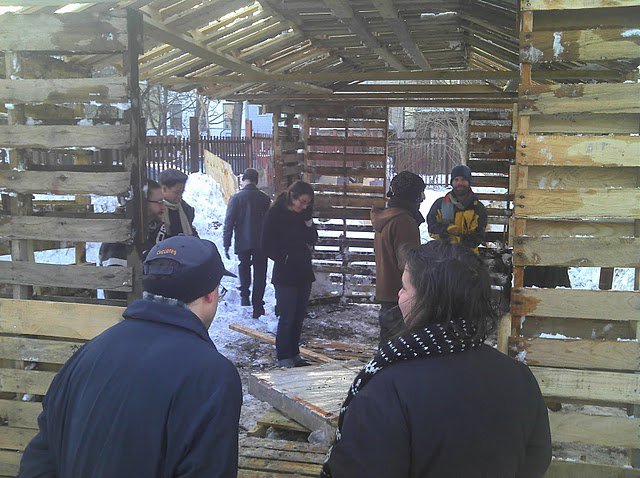micro museum
neighborhood: downtown brooklyn | space type: art & events | active since: 1986 | links: website, blog, twitter
I found out about the Micro Museum by accident—I was checking the directions to go somewhere else in the neighborhood, and Micro Museum showed up on the Google Map. What lovely serendipity! The tiny exhibition space on busy Smith Street is intimate and aesthetically innovative, and I spent a while examining and experiencing the art and interactive installations.
Micro Museum, founded by Kathleen and William Laziza, has been around for twenty-five years. This “living arts center” is, according to their website, “dedicated to interactive, media, visual, and performing arts.” It’s a 501(c)3 nonprofit, a Registered Trademark, a Registered Charity for the State of New York, and a founding member of the Brooklyn Cultural Circuit. It’s open every Saturday from 12–7 and only costs $2. I highly recommend stopping by.

Q&A with Kathleen Laziza, Micro Museum’s founder
brooklyn spaces: Tell me a little bit about the museum.
Kathleen: This is our twenty-fifth year on Smith Street, which is pretty fantastic. We do curated programming, classes, media art, performance art, visual art, live events, all kinds of fun things. Our current program is called “Above & Beyond,” and it features exclusively the work of myself and my husband—we’re the founders of the museum. It’s the first time we’ve ever had fully our own exhibit, and it’s been a wonderful mix of extremely fun and extremely scary. The exhibit runs until December 2013, and every few months we’ll add another installation or series of paintings or assemblages or video tapes or whatever. And we invite everyone to come, because it really is for kids of all ages, it has interactive art and things that you can manipulate and manage and experience, and it’s also got visual art and media art, too.

brooklyn spaces: How do you select the art you’re going to exhibit?
Kathleen: We usually have themes, and sometimes we work with guest curators. In 2006 I did a very famous show with Juliette Pelletier from Reflect Arts, called “Circus Surreal.” We did a whole year of curating for it and we ended up selecting forty works, and we had all kinds of live events and media. It was fabulous. In 2007 we chose “Spectrum” as our theme, so all of the shows were focused on a color. We did a program called “Big Ideas”—which was pretty esoteric, I have to admit, looking back. Once we pick a theme, we do national calls for art, but we’re really very community-minded. We often show the same artists again and again, because a lot of what Micro Museum does is create an environment where an artist can grow. There’s a long arc to the development of an artist, and you don’t make a masterpiece every single time, so you need to be in a world that gives you a chance. Was every piece that we’ve ever selected the most amazing, incredible, brilliant work ever? No. But they were often great stepping stones for the industry at large, and some of our artists went on to get accolades and do fabulous shows all over the place. We try to be as inclusive as possible, but we do have an edge to what we show. It would be rare that we’d do a watercolor show; it would be like a watercolor show on acid, you know? There would be some kind of a twist.
brooklyn spaces: I’d like to talk about your relationship with the community, and with Brooklyn in general.
Kathleen: We’ve been here twenty-five years, so we were here before anything. We were here when it was actually dangerous, when there were arsons and murders and mayhem, so we feel very integral to the development of Smith Street. Micro Museum was trendy, because art in general is always trendy, and we were a classic case of going to the edge of where we could afford to be, and the artists came to us. Then eventually the big national chains started to move in, and it really changed the character of the block. Which didn’t really mean a lot to us in the sense that we would have to re-identify, it just meant that we were in a different kind of situation. In the late nineties I went to Columbia University’s Arts Leadership Institute to find out how art works in a commercial environment, and they basically predicted what would happen, although of course I didn’t believe them. They said that Micro Museum would have to work against erasure at a certain point, because everyone around us would become very successful and would forget why they had customers in the first place, why people were showing up from all over the globe. But we’ve always been kind to artists looking for a friendly environment where they could create and be comfortable creating.
***
Like this? Read about more art galleries: Concrete Utopia, Wondering Around Wandering, Invisible Dog, 950 Hart, Ugly Art Room, Central Booking




